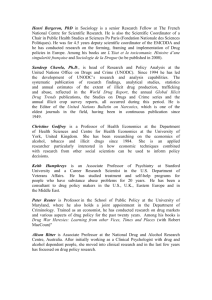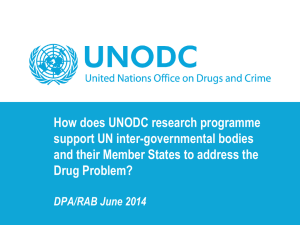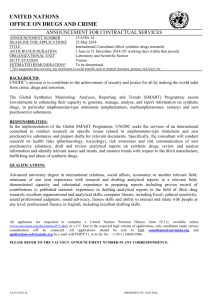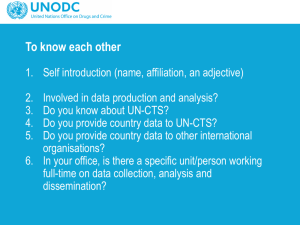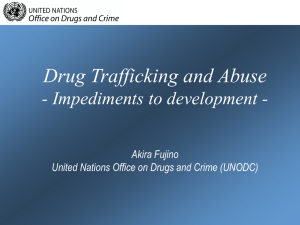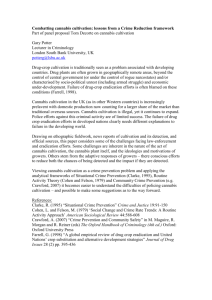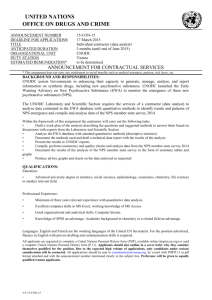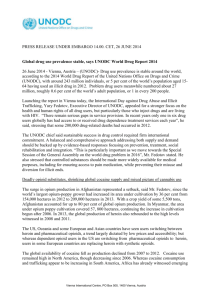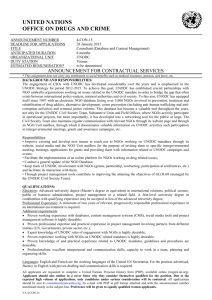International_Drug_Trade_brief
advertisement
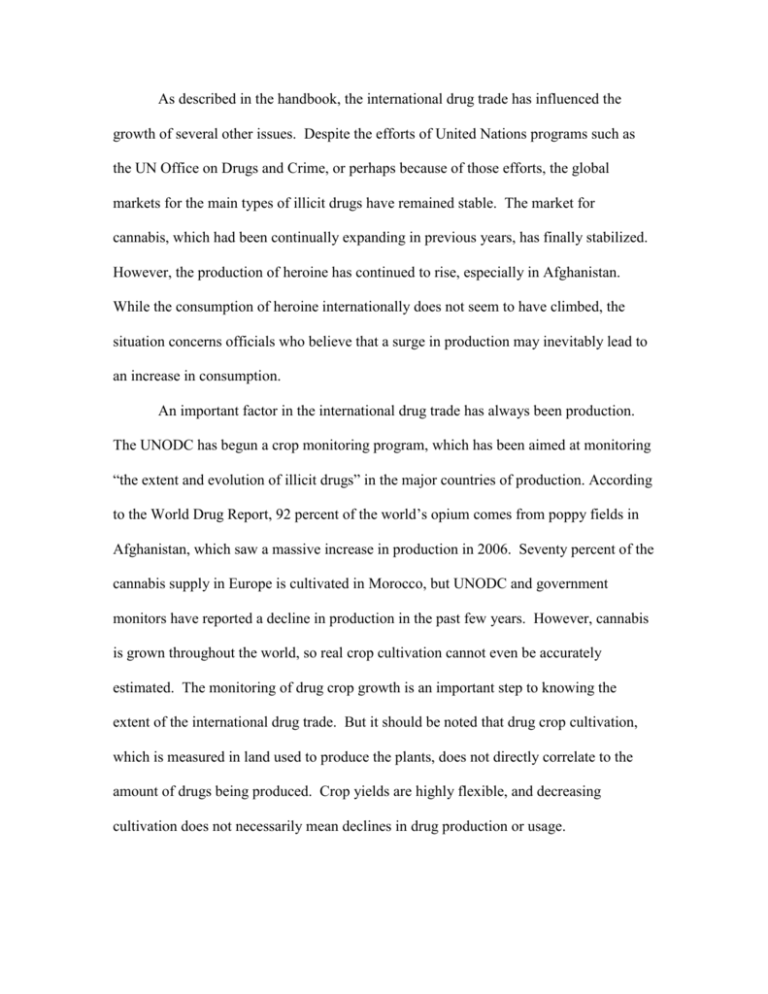
As described in the handbook, the international drug trade has influenced the growth of several other issues. Despite the efforts of United Nations programs such as the UN Office on Drugs and Crime, or perhaps because of those efforts, the global markets for the main types of illicit drugs have remained stable. The market for cannabis, which had been continually expanding in previous years, has finally stabilized. However, the production of heroine has continued to rise, especially in Afghanistan. While the consumption of heroine internationally does not seem to have climbed, the situation concerns officials who believe that a surge in production may inevitably lead to an increase in consumption. An important factor in the international drug trade has always been production. The UNODC has begun a crop monitoring program, which has been aimed at monitoring “the extent and evolution of illicit drugs” in the major countries of production. According to the World Drug Report, 92 percent of the world’s opium comes from poppy fields in Afghanistan, which saw a massive increase in production in 2006. Seventy percent of the cannabis supply in Europe is cultivated in Morocco, but UNODC and government monitors have reported a decline in production in the past few years. However, cannabis is grown throughout the world, so real crop cultivation cannot even be accurately estimated. The monitoring of drug crop growth is an important step to knowing the extent of the international drug trade. But it should be noted that drug crop cultivation, which is measured in land used to produce the plants, does not directly correlate to the amount of drugs being produced. Crop yields are highly flexible, and decreasing cultivation does not necessarily mean declines in drug production or usage. The international drug trade has promoted the use of many different types of drugs throughout the world. Of the world’s drug users, about 13 million people inject drugs and, of these, 4 million are infected with HIV. Each year, ten percent of new HIV infections globally are attributed to injecting users. In Eastern Europe and Central Asia, injecting drug users account for 80 percent of all HIV infections. The re-use and sharing of injection needles is a danger for injecting drug users globally. A large portion of the international population, some 200 million people, use drugs each year. This is an immense industry that naturally draws the interest of international organized crime groups. The illicit sale of drugs can generate massive amounts of money very quickly. In 2007, wholesale prices for one kilogram of opium ranged from 18,240 $US in the Netherlands to 69,192 $US in Finland. Street prices from 2005 for a single gram of opiates ranged from 0.10 $US in Afghanistan, where opiates are grown and are commonly used, to 40.30 $US in Canada. International crime organizations can easily utilize money that their drug trade brings in for other purposes, such as terrorism, human trafficking, arms trafficking, smuggling of migrants and money laundering. The information in the UNODC’s World Drug Report often comes from state governments. These countries report the wholesale and street prices of drugs, drug seizures by the state, and treatment demands to the UNODC, which then synthesizes this information into its annual report. From this information it is easy to see that regions of the world have specific drug preferences. In 2005, Asia, much of Europe, and the Middle East were dominated by opiate use. Australia and the majority of African nations saw treatments demands for cannabis use above all other substances. Cannabis use was also prevalent in North America and several South American countries. More than cannabis in South America, however, was a high frequency of cocaine use. Cocaine was only slightly higher in usage than cannabis in North America, primarily in Canada and Mexico. Amphetamine use was present, but not extraordinary, on every continent. It appears that each region of the world favors certain drugs above others. The illicit drug trade capitalizes on the fact that many people feel the need to escape their present conditions and use drugs in order to accomplish this goal. However, while attempting to escape, many people inadvertently support organized crime and spread HIV infections. The conventions and treaties that have been passed previously by the United Nations have worked to reduce the prevalence of the illicit drug trade, but currently have only succeeded in stabilizing the present drug cultivation levels. It seems appropriate for the Advanced General Assembly of the 2008 Model United Nations Program to address this important issue and work to ratify a resolution that will be more effective at curbing the international drug trade. - http://www.unodc.org/pdf/research/wdr07/WDR_2007_executive_summary.pdf - http://www.unodc.org/unodc/en/crop-monitoring/index.html - http://www.who.int/hiv/idu/en/index.html - http://www.unodc.org/unodc/en/organized-crime/index.html - http://www.unodc.org/pdf/research/wdr07/WDR_2007.pdf
